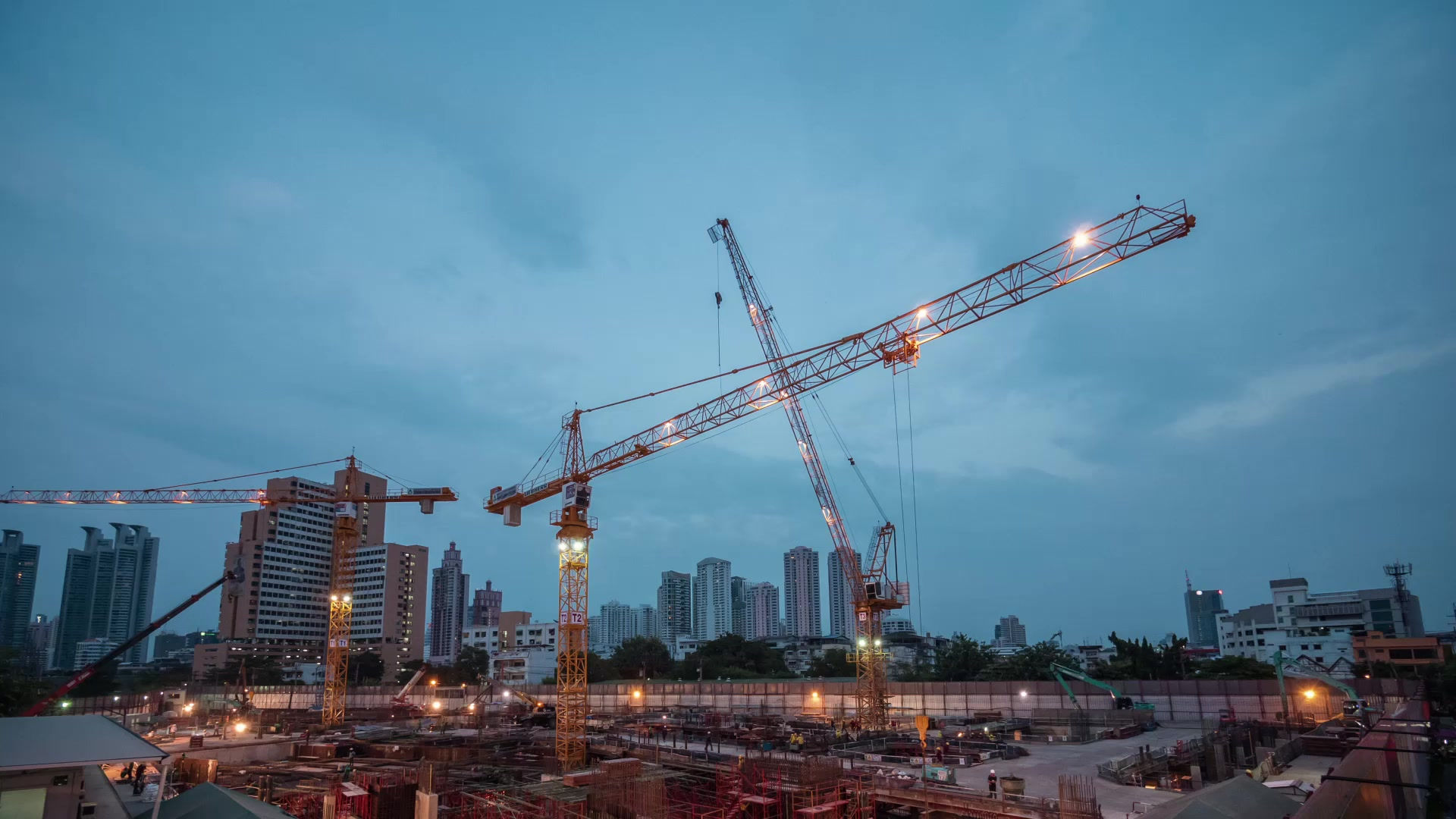Application of Mixed Abrasive Materials in Grinding Wheel Production
- JCT Abrasives
- Apr 24
- 2 min read
The selection and application of abrasives in the grinding wheel manufacturing industry directly affect the grinding performance, service life of the wheel, and the quality of the workpiece. With advances in materials science and grinding technology, the use of mixed abrasive materials in grinding wheel production has become increasingly widespread, serving as an important means to enhance the overall performance of grinding wheels. This article explores the application background, advantages, potential challenges, and solutions related to mixed abrasive materials in grinding wheel production.
1. Application Background of Mixed Abrasives
As the core tool in grinding processes, the performance of grinding wheels directly determines processing efficiency and workpiece quality. Traditionally, grinding wheels have used single abrasive material such as diamond, CBN, alumina, or silicon carbide. However, with the diversification of workpiece materials and the rising demands of processing, single abrasive material can no longer meet all requirements. Mixed abrasive materials—combinations of two or more abrasive types in specific proportions—have emerged as an effective solution to this problem.
2. Advantages of Mixed Abrasives
Improve Grinding Efficiency: Mixed abrasive materials leverage the complementary properties of different abrasive types to enhance grinding efficiency. For example, diamond abrasives offer high hardness and are suitable for grinding hard materials, while CBN abrasives provide excellent thermal stability and chemical inertness, making them ideal for grinding ferrous metals. Their combination can significantly boost grinding speed while maintaining quality.
Enhance Grinding Quality: Mixed abrasive materials help reduce surface roughness and improve grinding precision. Different grain sizes and types can form finer cutting edges during grinding, resulting in more refined processing outcomes.
Increase Wheel Adaptability: Mixed abrasive materials enable grinding wheels to adapt to a wider variety of workpiece materials and grinding conditions. By adjusting the types and ratios of abrasives, wheels can be tailored for specific workpieces and processing requirements.
Reduce Costs: In some cases, mixed abrasive materials can replace more expensive single abrasives, achieving the desired grinding effect while lowering production costs.
3. Potential Challenges and Solutions
Uneven Abrasive Mixing: If the mixing process is inadequate, abrasives may be distributed unevenly, impacting grinding performance. This requires optimizing the mixing process to ensure uniform abrasive distribution within the wheel.
Interactions Between Abrasives: Different abrasive materials may aggregate or adhere to each other during mixing, affecting grinding performance. Addressing this issue involves in-depth research into the interaction mechanisms between abrasives and selecting compatible types for blending.
Selection Complexity: Choosing mixed abrasive materials requires comprehensive consideration of specific workpieces and grinding conditions, increasing selection difficulty. Strengthening research and establishing abrasive selection models can provide users with convenient guidelines.
Process Control: The preparation and processing of mixed abrasive wheels demand stricter process control to ensure stable performance. This calls for improved process management and enhanced quality monitoring to maintain product consistency.
The application of mixed abrasive materials in grinding wheel production provides an effective approach to improving wheel performance, reducing costs, and meeting diverse processing needs. Although challenges such as uneven mixing and abrasive interactions exist, these can be addressed through process optimization, deeper research into abrasive interactions, development of selection models, and strengthened process control. These measures will promote the broader adoption of mixed abrasives in the grinding wheel industry.





Comments